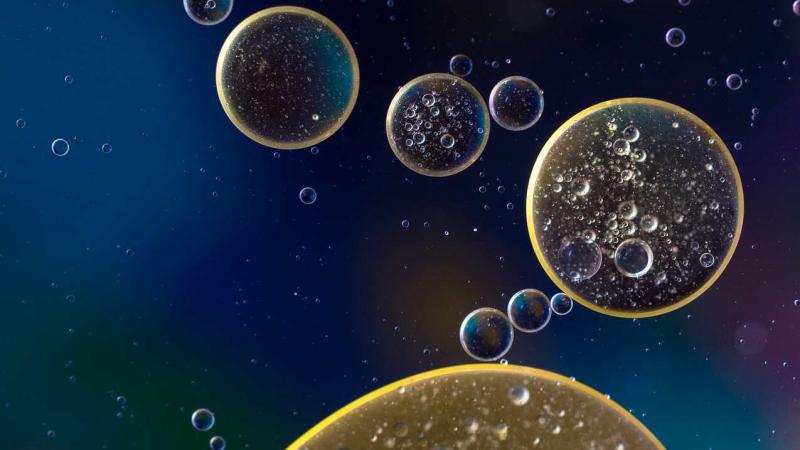
Oils, used for lubrication and as fuel, could have water droplets in them, which should be removed. One way to remove them is to leave it to gravity and wait for the water to settle at the bottom of the container. However, this approach is slow, inefficient and does not remove the water entirely. In the industry, a method called electro-coalescence is used, where an electric field forces water droplets to come together and separate from the oil.
Until now, scientists believed that the efficacy of electro-coalescence depended only on the conductivity of water and not on that of oil. In a recent study, researchers from the Indian Institute of Technology Bombay (IIT Bombay) have shown that the conductivity of the oil, does play a significant role in this process. Their study, published in the journal Colloids and Surfaces A, suggests that better conductivity of the oil may help water droplets come together. The findings of the study may impact the design of electric field-based oil dehydrators.
Oil and water do not mix to form a homogenous solution, like milk and water. Instead, when forced to mix, they form emulsions, in which small droplets of the liquid in smaller quantity stay suspended in the other. The suspended droplets become tinier as the mixture is stirred vigorously. The use of an electric field to separate such suspended water droplets from oil relies on the idea that water conducts electricity, whereas oil does not.
When an electric field is applied on an emulsion with water, positively and negatively charged particles in the water droplets separate. They gather at opposite ends forming poles, aligned along the direction of the electric field. The oppositely charged poles of nearby droplets get attracted forcing many droplets together. This process works better with water that has high conductivity, like saltwater.
We can visualise electro-coalescence as a three-step process. When the droplets are far apart, and their opposite poles attract, the ends of these droplets become conical and point to each other. As they get attracted to each other, the droplets have to overcome the resistance of the fluid between them. Under a strong electric field, a bridge is formed between the cones, and finally, the droplets merge. This mechanism is called the ‘cone-cone’ mode of coalescence since the droplets are conical in shape.
In the current study, the researchers show that, if the medium between the water droplets, oil, in this case, is not a perfect insulator, the conductivity of the oil changes the process. In oils with small, non zero conductivity, instead of forming a cone, the larger of the two droplets has a dimple on its surface. The pointed end of the smaller droplet penetrates the dimple of the larger droplet and merge, observed the researchers.
In oils with even larger conductivity or less viscosity, the cone on the smaller droplet forms a jet that impinges on the dimpled end of the bigger droplet. This process accelerates the formation of the bridge and the subsequent merger of the two drops.
In conventional electro-coalescers used in the petroleum industry, the ‘cone-cone’ mode of coalescence is assumed. The findings of the current study could result in reconsidering the strength of the electric field to be applied in purifying crude oil. However, further research is required to conclude, say the researchers.






